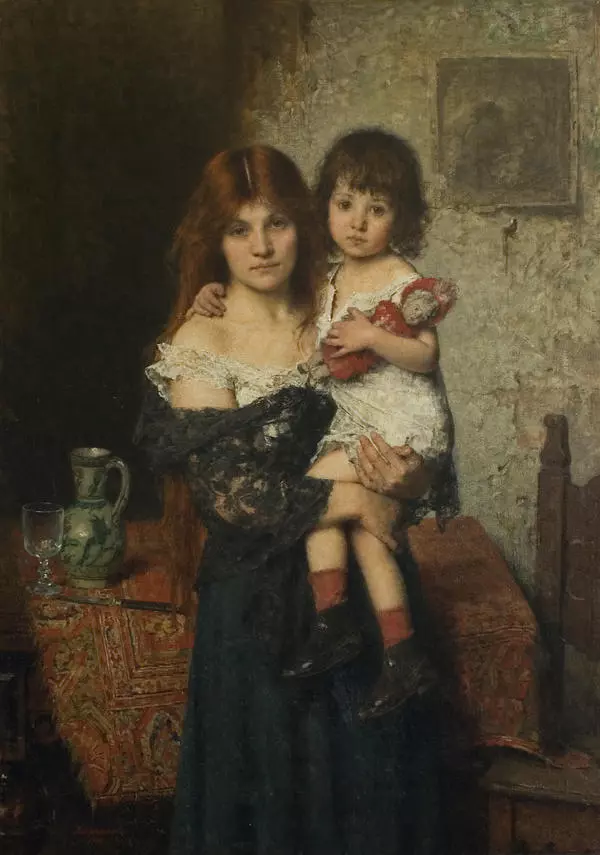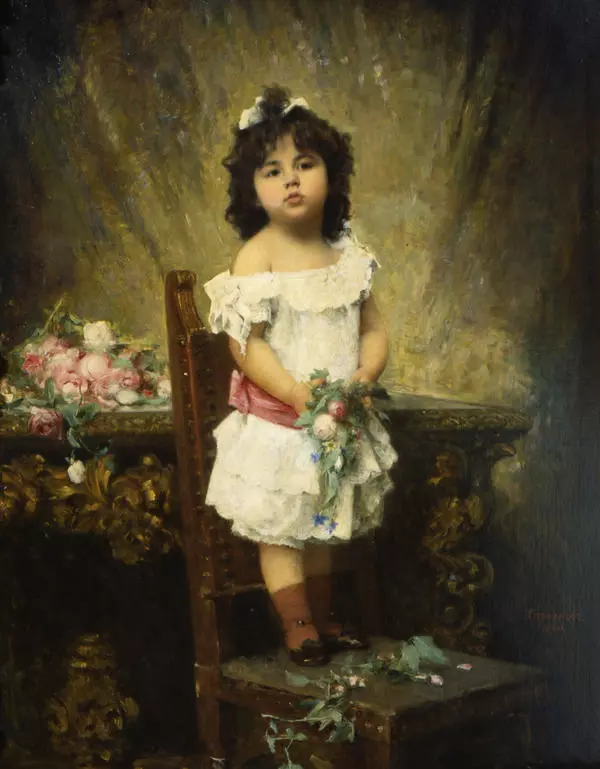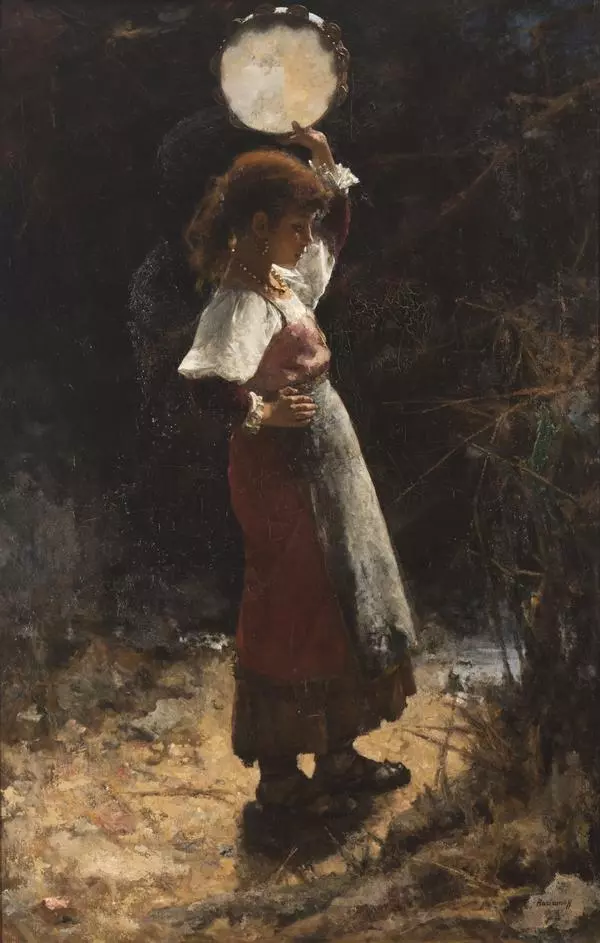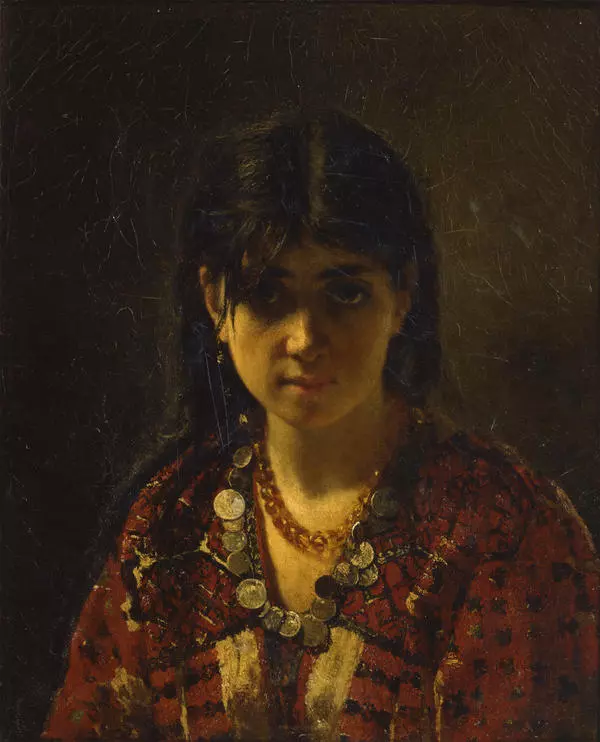Alexander Fyodorovich Otto was an illegitimate child of a Russian nobleman. He was found as an infant in the Alexander Garden in St. Petersburg and was later adopted by a German family, who gave him the last name Otto. Out of admiration for the main character in the famous Pushkin poem, Alexander Otto adopted the surname Onegin. Later, Emperor Alexander III granted him the right to bear both surnames officially.
In 1879, Alexander Otto-Onegin left Russia and moved to Paris. In 1883, he received Pushkin manuscripts from his schoolmate Pavel Zhukovsky, the son of the renowned poet Vasily Zhukovsky. Thereafter, he began systematically acquiring Pushkin-related artifacts, creating a special collection that he titled the “Pushkin Museum”. Thus, in his Paris apartment on Marignan Street, he established a unique oasis of Russian culture.
Onegin’s collection contained manuscripts, Pushkin’s drafts, letters, business correspondence, portraits of Pushkin and his contemporaries, as well as autographs of other Russian writers and poets, such as Ivan Turgenev, Alexander Herzen and Vasily Zhukovsky. The Academy of Sciences designated the Pushkin House as the main repository for archival materials relating to the life and work of Alexander Pushkin on December 15, 1905. The Academy soon decided to contact Onegin.
Negotiations began regarding the transfer of
Onegin’s collection to Russia, the poet’s home. An agreement was reached
between the Academy of Sciences and Onegin, according to which the collection
was to be transferred upon his passing, and Onegin himself was to receive a
lifetime pension for preservation and expansion of his collection. Following
the 1917 Revolution, communication with the Onegin Museum became temporarily
disrupted. In 1919, efforts were made to re-establish contact with Alexander
Onegin, and fortunately, Onegin-Otto wished to fulfill his commitment. After
his passing in 1925, the collection was relocated to the Pushkin House,
although it was not in its original state. It was divided between the Pushkin
House and the All-Russian Pushkin Museum at 12 Moika Embankment.








